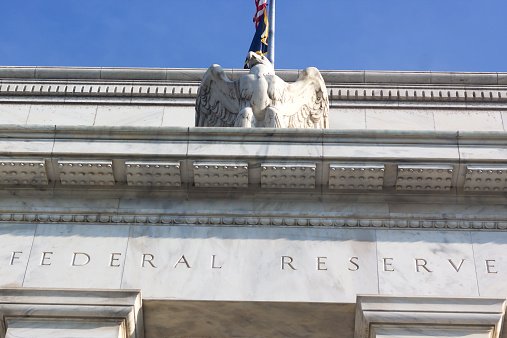Key insights from the week that was.
Beginning with the RBA minutes, the Board has taken a step closer to cutting rates by emphasising the near-term importance of data releases. As highlighted by our Chief Economist Bill Evans, as “the forecasts are only reviewed every three months, it is entirely unsurprising that the minutes confirm the current GDP growth forecast in 2019 of 3 per cent”. However, with momentum in the economy since reported as “having slowed to a 1% pace in the second half of 2018”, the RBA’s central forecast for growth is outdated and certain to be lowered in its May Statement on Monetary Policy, to 2.75% for 2019 and 2.5% in 2020. To our mind, doing so would call for the adoption of an easing bias and then, if growth remains well below trend as we anticipate, cash rate cuts in August and November 2019. To this view, the cautious consumer and a negative wealth effect from house prices are key.
Also critical for the consumer outlook, the strong tailwind provided by employment growth over the past two years looks to be abating, February’s 5k job gain leaving the six-month annualised growth pace at 2.3%yr (from 2.9% in January). The labour market typically lags activity, hence this deceleration is expected to continue through 2019. As a result, the unemployment rate is seen rising from 4.9% currently to 5.5% the second half of this year, and higher still in 2020.
For readers keen on understanding how these factors, and many more, are influencing conditions in each of Australia’s states, our latest edition of Coast-to-Coast has been released.
In New Zealand this week, Q4 GDP reported a pick up in momentum, from 0.3% in Q3 to 0.6% in Q4. For our NZ economics team, this result offers comfort that growth will accelerate again in 2019, aided by government spending, construction activity and rising household incomes. How the RBNZ reacts to this result, which was relatively close to their own expectation of 0.8%, as well as global developments will be a point of interest next week when the RBNZ Board meets.
Then to the main event, the March FOMC meeting. In 2019 to date, the FOMC have been cautious on the economic outlook and the need for any further tightening of policy. At their March 2019 meeting, the Committee formally confirmed this shift in stance, with the growth and employment forecasts lowered, and Committee members taking a much more cautious approach to future rate hikes.
Whereas in December, two hikes were seen in 2019 followed by another in 2020, now only one hike is seen in 2020. Further, ‘the dots’ point to downside risks to this view, with a (not insignificant) minority also forecasting ‘no change’ in 2020 and 2021 (respectively seven and five members, up from one in December 2018). While we view the economy in much the same way as the FOMC, we take greater heart from the accelerating wage trend, seeing this as an offset to global risks and decelerating employment growth – and potentially a risk for inflation. Hence, we believe a final hike is more likely to occur in December 2019 than sometime in 2020. With both the real economy and global financial markets in flux, it will however be important to continue closely assessing underlying economic momentum and the FOMC’s perspective on the risks. Both will prove pivotal for the stance of policy.
Turning to Europe, Brexit uncertainties persist as a concern. Last week’s votes in the UK parliament and Bercow’s ruling that PM May’s deal cannot be brought back without “substantial” changes set the stage for contentious negotiation at the EU Summit on a Brexit extension. At this stage, a final decision has not been made but leaks from the Lithuanian President to the press suggest that there will be an extension but that the terms are yet to be finalised. Complications relate to the length of any extension given the upcoming European Parliament elections on 23 May as well as any conditionality to an extension date relating to whether or not May passes her deal in the near future.
With that backdrop, it was no surprise that the Bank of England unanimously voted to leave policy on hold last night. The stance was left intact from February – a mild tightening bias but emphasising policy decisions would be significantly affected by the nature and timing of a UK withdrawal from the EU. Elsewhere in policy-making, the Swiss National Bank left rates on hold and reduced their inflation forecasts, while the Norges Bank delivered a second 25bps hike to raise its benchmark rate to 1.00%. The latter remains a sole northern light in a month that has otherwise been blanketed by central bank dovishness.


 Signal2forex.com - Best Forex robots and signals
Signal2forex.com - Best Forex robots and signals




